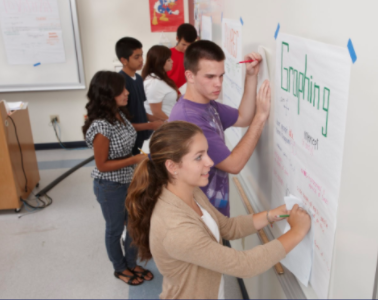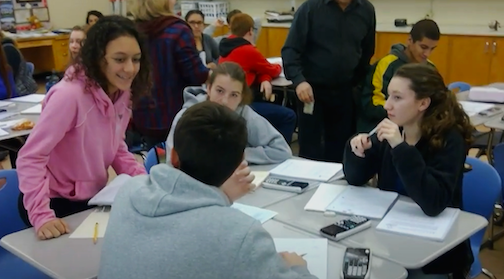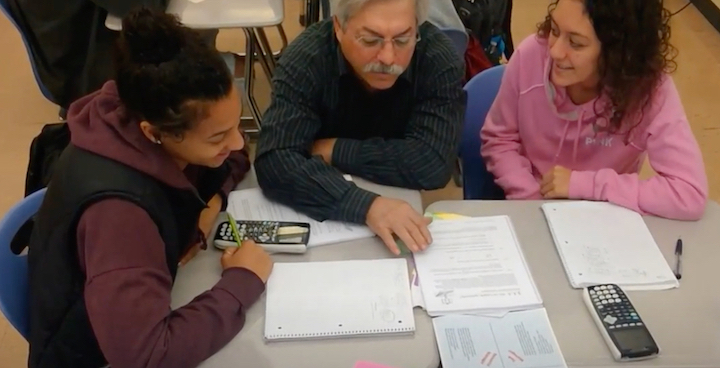

To be successful in learning math, students need to develop the following learning habits.
During class, your student will often be working in a small group called a study team. Study teams are designed to encourage students to engage in mathematical conversations. Collaboration allows students to develop new ways of thinking about mathematics, practice communicating with others about math, and strengthen their understanding of concepts and ideas as they explain their thinking to others. Each student in a study team has an assigned role with a clear set of expectations, which are listed in the student text.


Below are lists of additional questions to use when working with your student. These questions do not refer to any particular concept or topic. Some questions may or may not be appropriate for some problems. Click on each topic to view the questions.
This is certainly not a complete list; you will probably come up with some of your own questions as you work through the problems with your student. Ask any question at all, even if it seems too simple to you.
We believe all students can be successful in mathematics as long as they are willing to work and ask for help when they need it. We encourage you to contact your student’s teacher if your student has additional questions that this guide or other resources do not answer.
A good place to start when assisting a student with CPM mathematics is with the Parent Guide for the course your student is enrolled in. Download a copy of the Parent Guide located in your student’s CPM eBook under Student Support within the Reference Tab at the left. Once in Student Support, select Parent Guide at the top menu.

© 1989-2025 CPM EDUCATIONAL PROGRAM All rights reserved. CPM Educational Program is a 501(c)(3) educational nonprofit corporation.